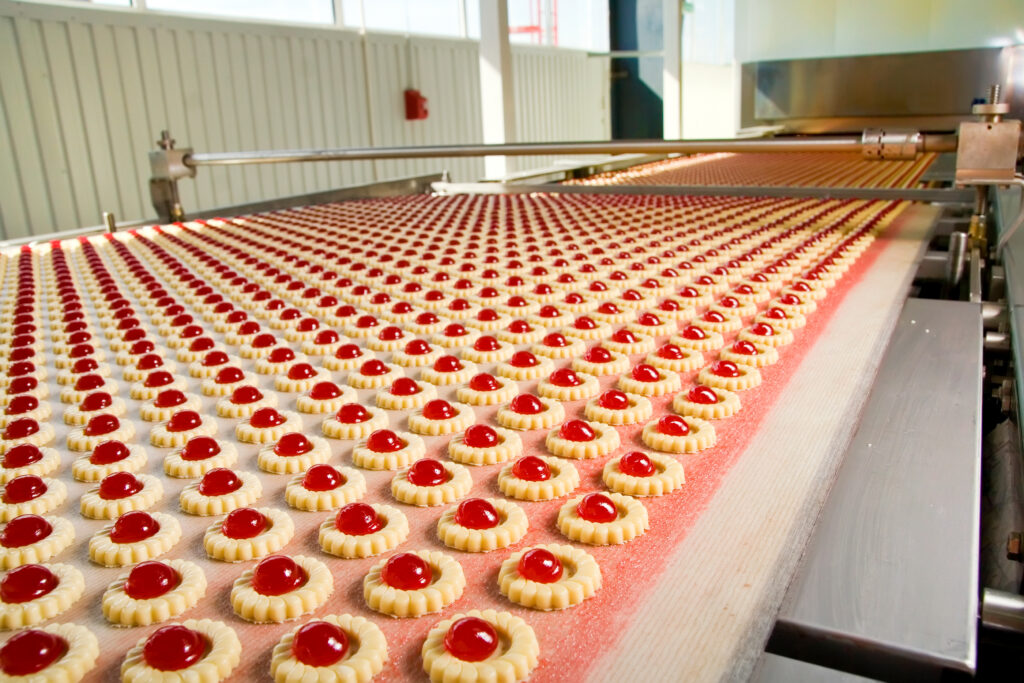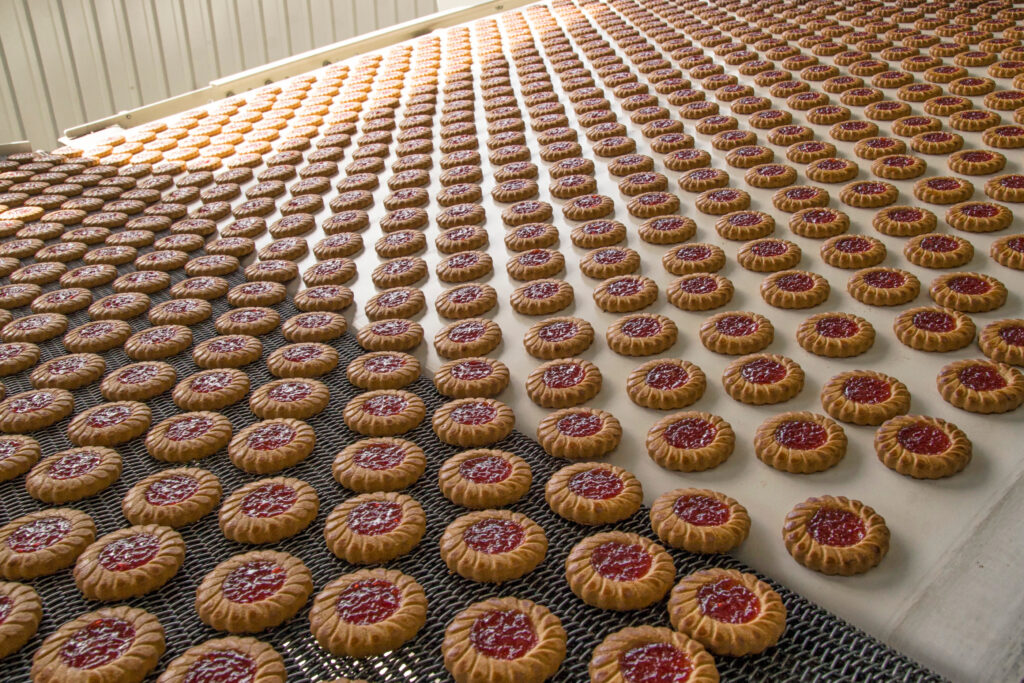
How an Ontario SME cookie manufacturer is navigating inflation
Inflation solutions with Hollandia Bakery’s president
January 31, 2023 | By Monica Ferguson
 Photo: Laurentiu Iordache/ Adobe stock
Photo: Laurentiu Iordache/ Adobe stock 
Photo: Laurentiu Iordache/ Adobe stock
Hollandia cookies, from gingerbread to chocolate chip, is available at many groceries stories. Established in 1954, Hollandia Bakery began as a small corner store bakery in Chatham, Ontario. With continued growth, the family-run bakery grew to become a large-scale production facility now located in Mount Brydges, Ont. With 35,000 square feet of space, the current plant produces 3,500 pounds of cookies per hour, and up to one and half million cookies per day. Nearing 70 years in business, navigating the challenges that come over time is nothing new for the Hollandia business, including the challenge brought on by the rapid rise of food inflation in the past two years.
Last year’s Canadian Food Price Report predicted an overall food price increase of five to seven per cent in 2022. The current rate for food price increases has exceeded this prediction at 10.3 per cent as of September 2022 (according to the latest available consumer price index data). Ironically, this year’s report is also predicting a five per cent to seven per cent increase for 2023.
Since the start of the COVID-19 pandemic, many factors have led to increased food prices. Now, rising prices can be credited to labour challenges, supply chain issues, the escalating price of oil, production and packaging costs, and rising geopolitical tensions.
According to the Economics Observatory, Ukraine is the world’s largest producer of sunflower oil. Combined with Russia, it is responsible for more than half of the global exports of vegetable oils. The region also exports over a third (36 per cent) of the world’s wheat.
Therefore, the supply for vegetable oil and wheat has become increasingly scarce, creating a higher demand, and in turn a higher price tag attached – especially true when it comes to baking, where oils and wheat are hot commodities.
Dan Simile, president of Hollandia Bakery and Good Food Inc., explains that Hollandia has been navigating inflation in three main ways: cash flow management, production planning, and automation.
“All through there is inflation, it’s incumbent on us to manage our business in an efficient way and in an efficient manner, so we keep asking ourselves – are we producing products as efficiently as possible,” said Simile.

Photo: icarmen13 / Adobe stock
Cash flow management
At Hollandia Bakery, around 40 per cent of each cookie comprises of flour, sugar, and cooking oil or butter.
“We’ve seen a double-digit increase in flour, sugar, and oils,” said Simile.
To manage these increasing costs, the strategy of looking at purchase futures in the marketplace can yield results.
“Instead of buying spot pricing, we will look ahead and see the price for sugar is cheaper a year or two from now. So, we’ll purchase that future contract instead of the actual raw material at that time,” said Simile. “We’re buying a promise to buy the sugar, oil and flour sometime in the future.”
If an ingredient costs less in the future, the manufacturer can work with augmenting the recipe. This method is used when the price in the future is cheaper than the price in the present, though that’s not always the case.
“If I put it in a purchase order on sugar, flour, and oil – I will know my pricing, but if I put in an order on spot pricing with that commodity, then my price could jump five-10-15 per cent on that purchase order and I can’t pass that on to my customers for maybe three-to-six months from now, so that becomes a profit squeeze on our part,” said Simile.
Production planning
Production planning is important in operating short-term and long-term contracts with customers, while 10 to 15 per cent of Hollandia’s production volume includes short-term contracts, 85 per cent of Hollandia’s customers are long-term contracts.
“With the short-term contracts, our smaller customers – we can change the price quickly to reflect the changes in the market. With our long-term contracts we must wait some time to adjust pricing,” said Simile. “We have felt some hardship in the last two years because our pricing to our customers has not kept up with the pace of the price increases from our vendors.”
In terms of sourcing ingredients, it is not uncommon for supplies to require manufacturers to prepay for shipments because the demand is so high. Cash flow management is essential here because prepaying might require the need for manufactures to increase financial support from the bank.
“Now that the demand has increased, the price has increased, and the vendors are prioritizing vendors and their customers who buy more, pay more, and can pay quicker. We’ve had to operationally change our strategy with the bank in terms of cash flow management. We are lucky that we buy in containers, that gives us a little more of an advantage compared to a smaller baker,” said Simile. “At the end of the day the vendors are also looking to manage their business.”
Automation
Hollandia has identified two areas of focus where there was opportunity to automate, an in-line printer and retiring the flow wrapper with an updated machine.
“We have identified some areas of opportunities to decrease our expenses while taking labour shortage challenges into consideration,” said Simile.
The in-line printer produces shipping labels directly on the packaged vendor cases within the assembly line. This change has reduced the labour by one or two people and reduces the cost of the labels that were previously bought.
Simile said that Hollandia has two operating cookie lines, one had a flow wrapper that was over 30 years old. With the help of a program by the Ministry of Agriculture, Food and Rural Affairs and investments from shareholders, Hollandia invested in a new flow wrapper.
“The upgraded model is faster and allows us to rework people on the line to other areas of production where we need them. It allows us to increase our throughput and decrease our packaging and food waste,” said Simile. “Automating these areas has allowed us to focus more on our operations and to see how we can take costs out of the business while doing our part of trying to keep inflation down.”
______________________
Monica Ferguson is an associate editor at Annex Business Media for Canadian Manufacturing and Food in Canada.
